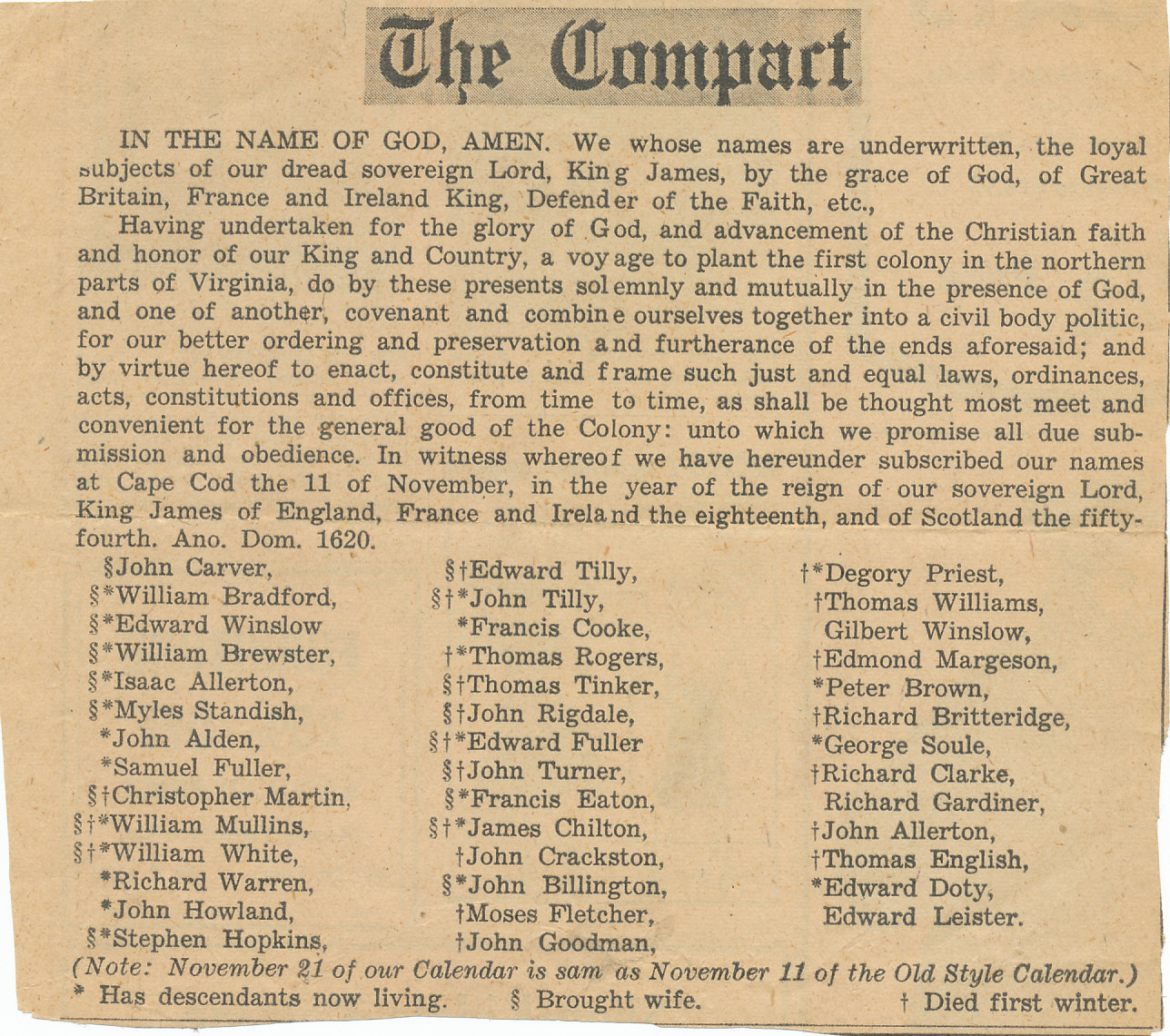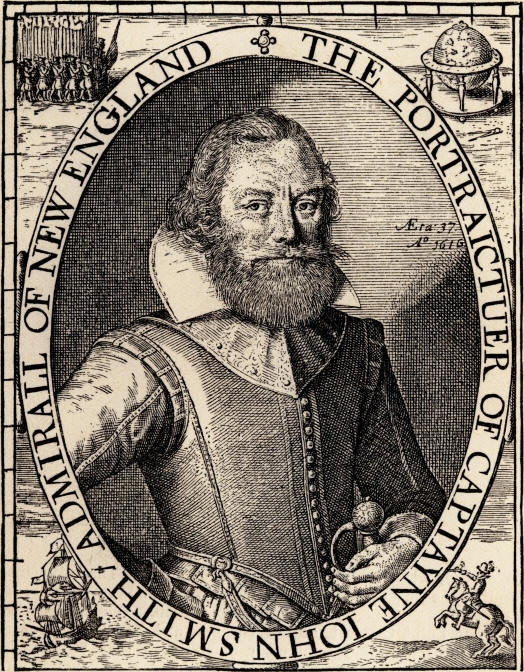There is a book available on Amazon, Lies My Teacher Told Me, by James Loewen.
http://www.amazon.com/Lies-My-Teacher-Told-Everything/dp/0743296281/ref=sr_1_1?ie=UTF8&qid=1448575323&sr=8-1&keywords=the+lies+my+teacher+told+me
The book's main point is that a vast amount of American history which American children are taught in primary and secondary school is "cleansed," for propaganda and other purposes, such as catering to race and religious prejudices.
One of the victims of those prejudices is the Amerindian Squanto who helped the Pilgrims at Plymouth after they disembarked from the Mayflower.
The Pilgrims arrived in the Mayflower off Cape Cod at exactly the wrong time of the year, on November 9, 1620, just as Winter -- one of the coldest, most vicious Winters on record in New England -- was setting in.
After an initial failed attempt to sail farther south, against contrary strong winds and currents, to Virginia, Mayflower Master Christopher Jones turned about and anchored in Cape Cod Bay. The occupants of the Mayflower, being sick of life at sea and so somewhat rebellious, organized the settlers by drafting, and then having the men sign, the famous Mayflower Compact -- three of them, John Alden, William Mullins, and Thomas Rogers, the lineal ancestors of me and of my siblings through our mother.
Then, after some initial exploration of the Cape Cod area, they anchored the Mayflower in what is now Provincetown Harbor for the Winter, and lived half-on and half-off the Mayflower, through one of the coldest, most deadly winters in the history of New England. More than half of the Mayflower's occupants died from cold, privation and disease that Winter. In the frigid cold and snow, the Pilgrims prayed earnestly to God for relief from their suffering.
On March 16, 1621, as the surviving Pilgrims were beginning to set up Plymouth Colony,
an Algonquian sachem named Samoset walked up to them out of the forest and in good English he introduced himself and said something like, "How do you do? Would you mind giving me some of your ale?"
On March 22, 1621, Samoset returned with another Algonquian, Squanto, who spoke even better English and, to the astonishment of the nastily-anti-Catholic Pilgrims, made the Catholic sign of the cross upon himself when he prayed.
Squanto assisted the Pilgrims in their relations with the local aboriginal American tribes, and is said to have taught them much about how to survive in the wilderness.
How, exactly, did God manage to answer the prayers of these ancestors of Magnolia citizens and their Pilgrim brothers by sending to them an English-speaking Roman Catholic Amerindian native?
In 1605, as Squanto, a Patuxet Algonquian, probably around 20 years of age, wandered along the New England coast, he and 4 other Algonquians were captured by English sea captain George Weymouth, who returned to England and transferred Squanto to Fernando Gorges of Plymouth, England. Fernando tutored Squanto in English and in 1614 loaned him to Captain John Smith, for a trip to America.
As Squanto wandered the New England coast after his arrival there with Smith, he was captured by yet another English sea captain, Thomas Hunt, who sailed to the slave markets of Spain and put Squanto and some other kidnapped Algonquians on the slave auction blocks there.
Some Franciscan monks saw Squanto and his fellow Algonquians in the slave auction, bid for them, won the bid and set them free.
Squanto chose to reside with the monks. After living with them, learning Spanish and the rudiments of the Roman Catholic Christian faith, and after his baptism by a Catholic priest, Squanto said goodbye to the monks, purchased passage to England and lived with a shipbuilder while he attempted to book passage to North America with one of the English explorers. Finally, a voyage on behalf of the shipbuilder himself brought Squanto to Newfoundland in 1617, and in the course of a march south to New England yet another English explorer sea captain, Thomas Dermer, took Squanto back to England with him.
Finally, in 1619, Squanto was given permission by the English to return to New England for good. There Squanto found that the villages of his people were like ossuaries -- bones of the Patuxet Algonquians lay scattered about their villages, after the people were killed by some kind of epidemic, and their bodies eaten by local wildlife.
Squanto was allowed to begin living with a neighboring Algonquian tribe, the Wampanoags.
Two years later, Samoset introduced this English speaking Roman Catholic Amerindian to the profoundly astonished Pilgrims, and the rest is history.






No comments:
Post a Comment